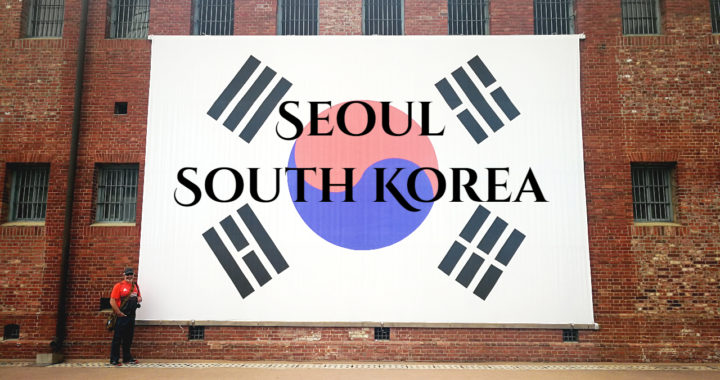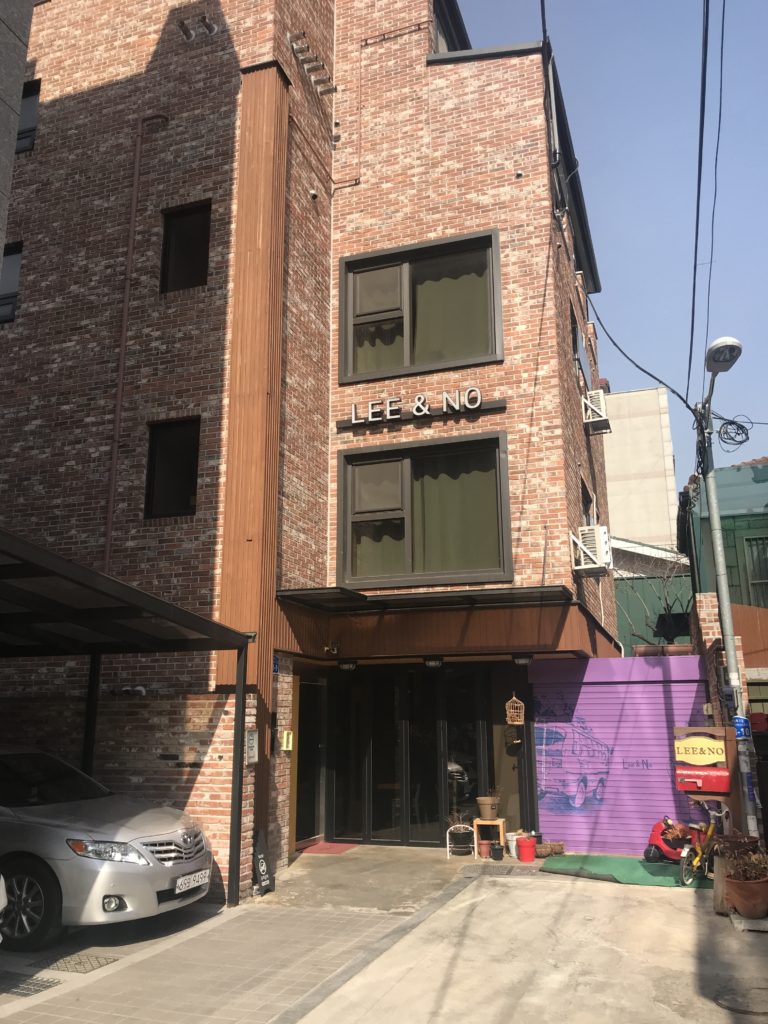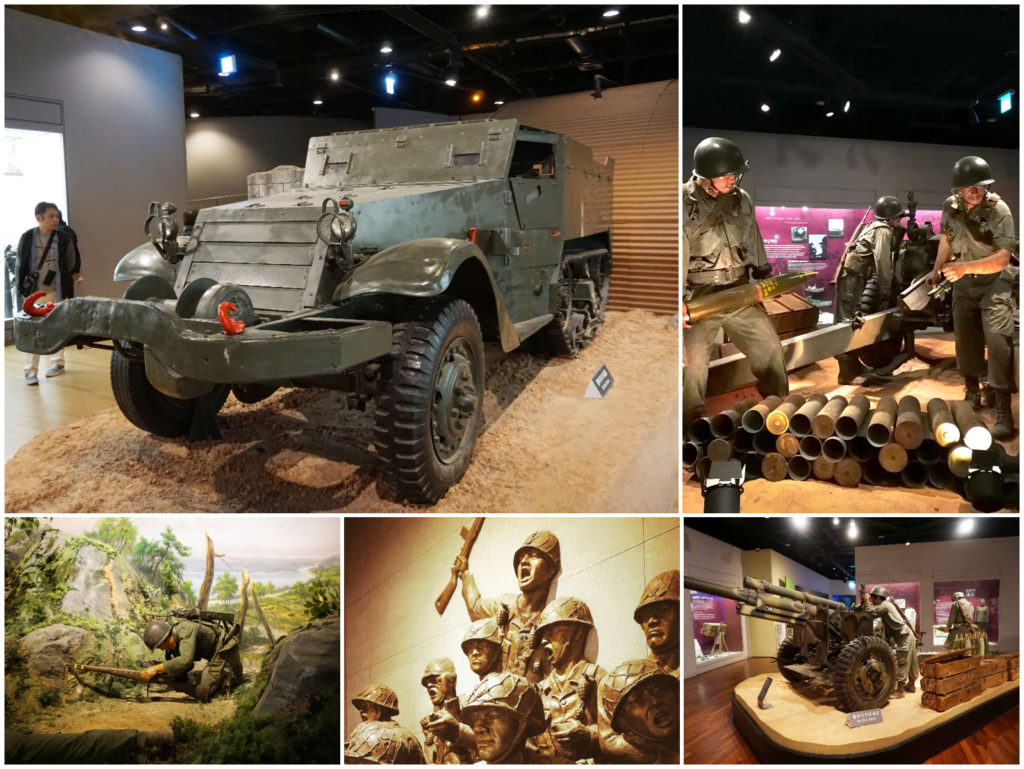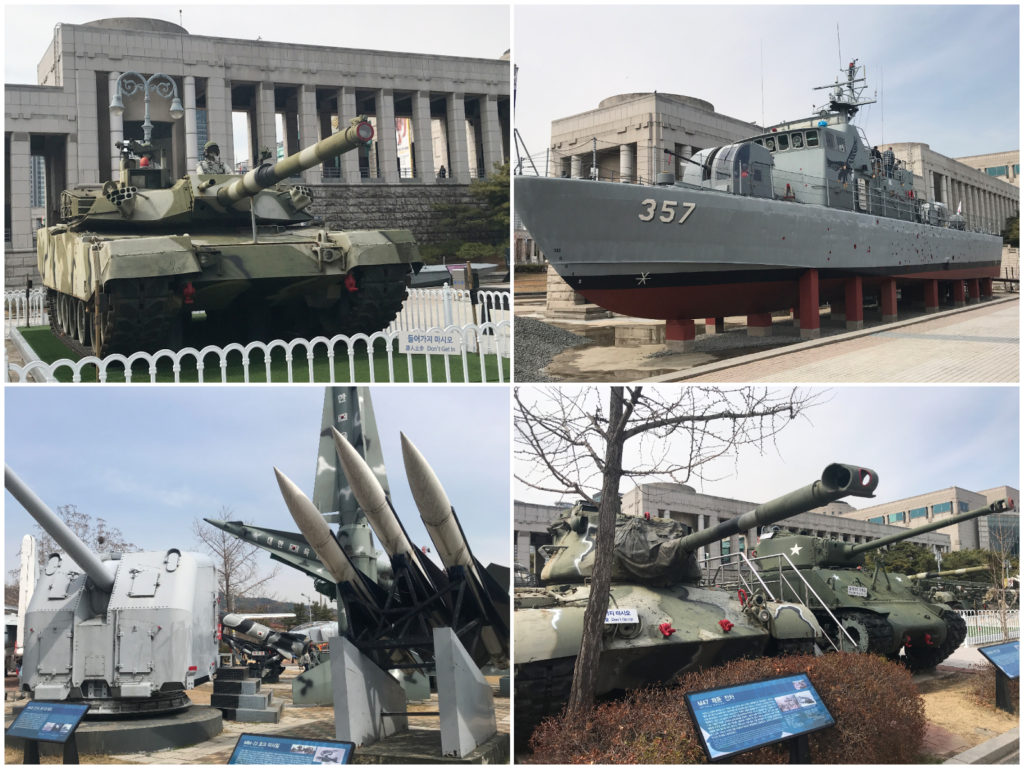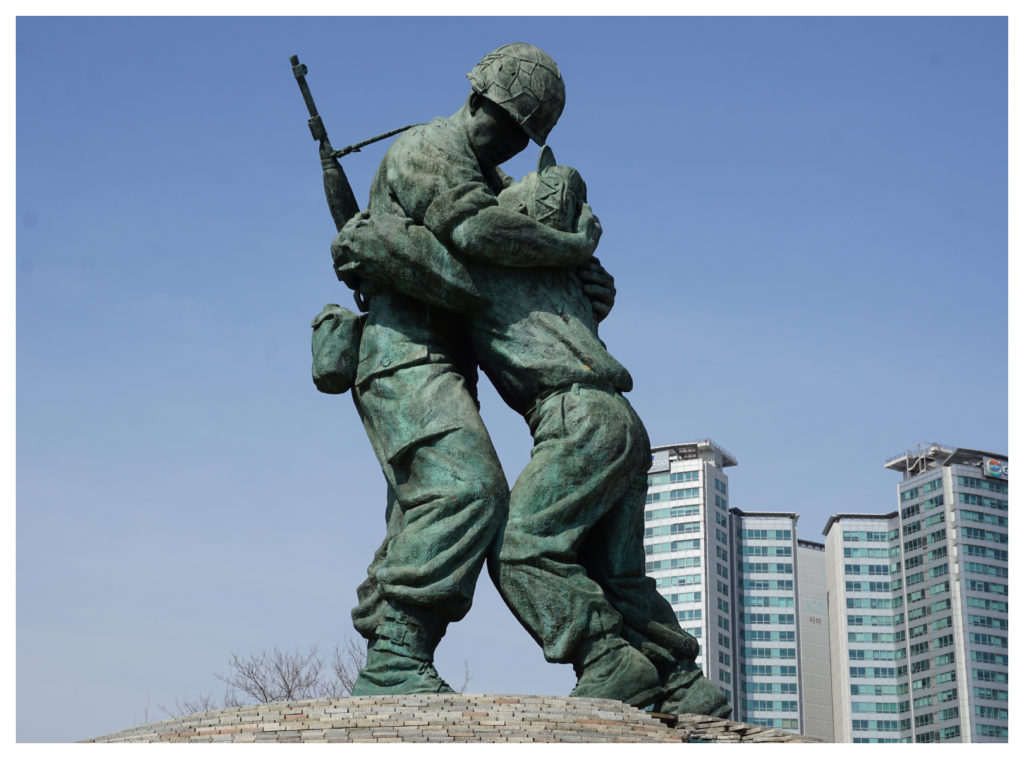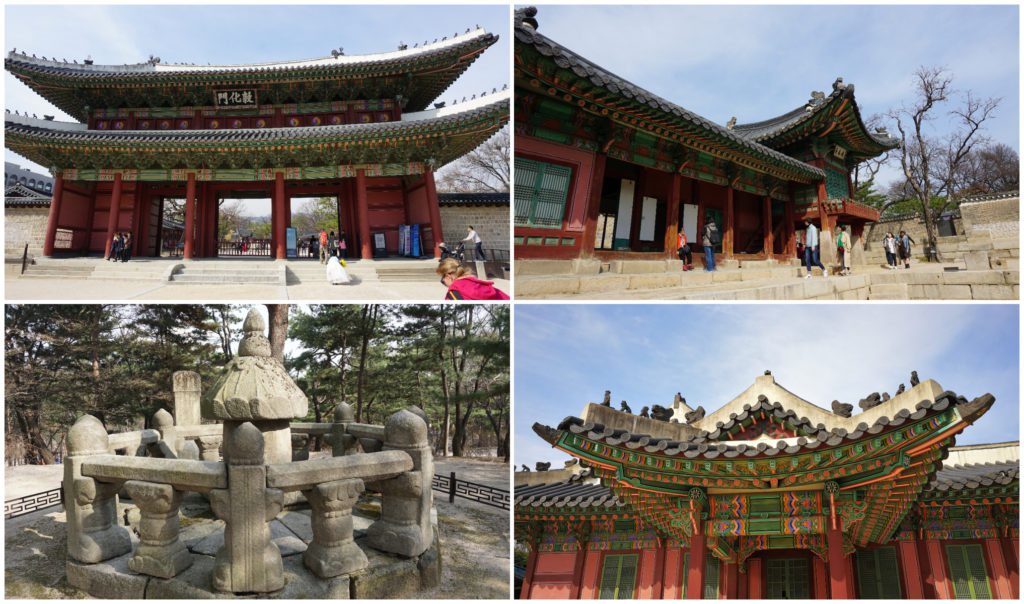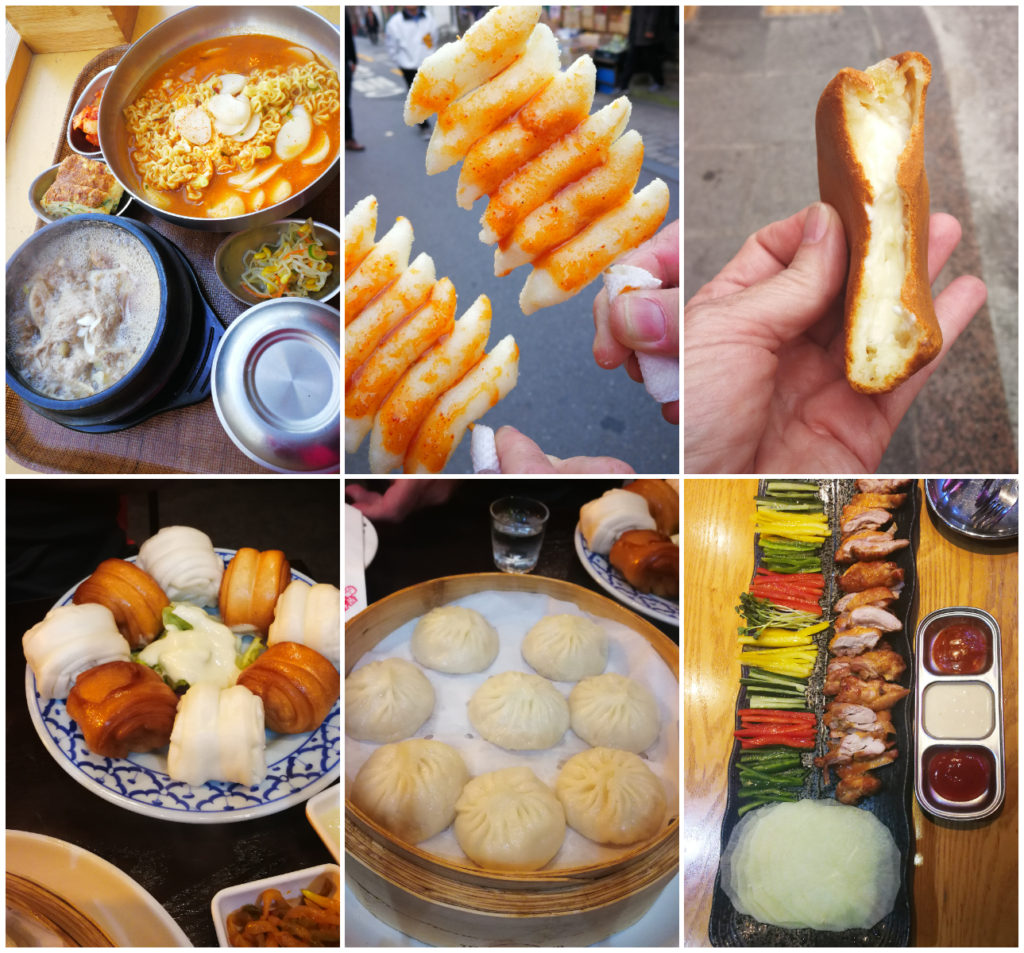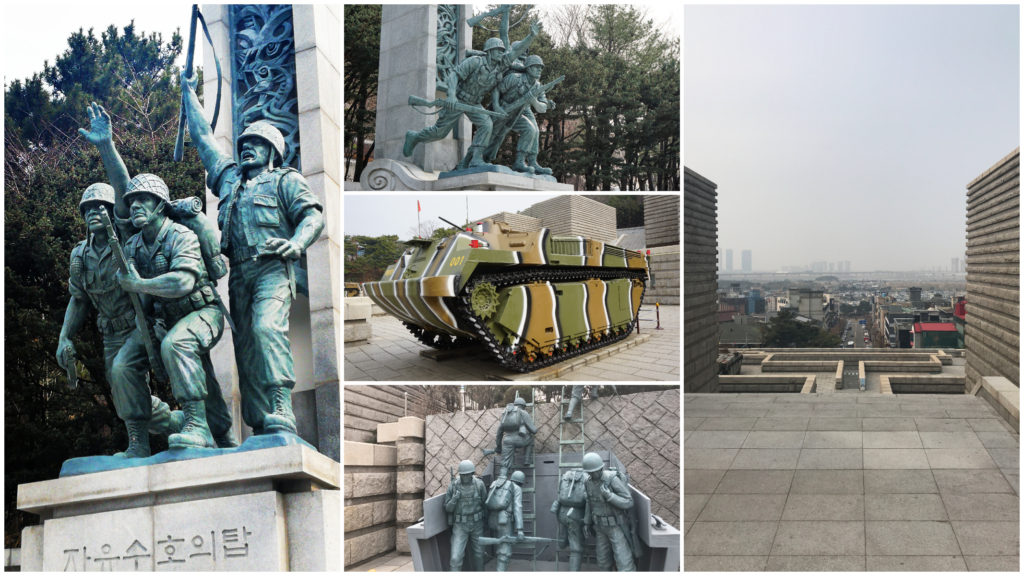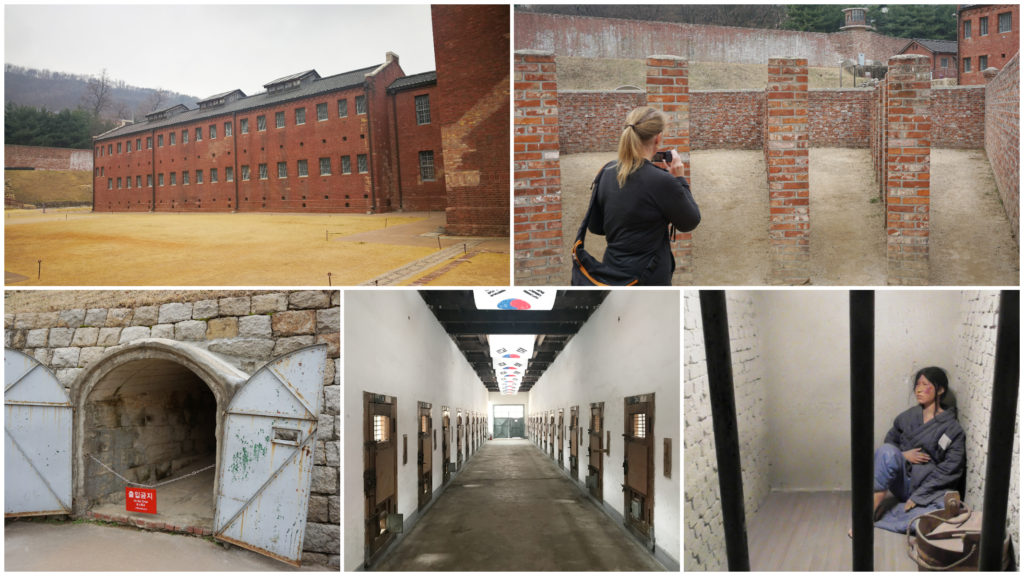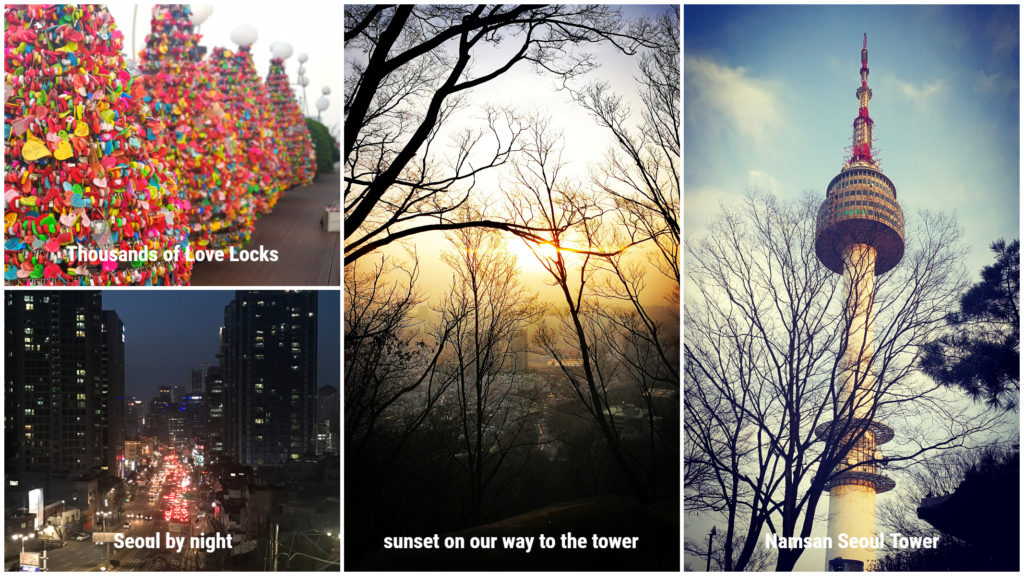Taipei to Seoul
We were excited to be heading to yet another new country. Thanks to a house sitting assignment in Incheon, we had the opportunity to arrive earlier so we could explore some of Sth Korea beforehand.
We flew from Taipei to Seoul, another short trip (2.17 hrs) and we landed in Seoul at 9.25pm.
Airport Nightmare
The first thing we sorted at the airport was purchasing our T-money transport cards and loaded them up with 29,000KRW/$38NZ each.
T-money card
The T-money card can be used to pay subway, bus and taxi travel. You can also use it to pay for purchases in a number of locations.
The card itself costs 2,500KRW/$3.31NZ and can be purchased in nearly all conveniences stores and subway ticket booths. You also receive a discount rather than buying single tickets.
You can transfer from one bus to another, or from a subway to a bus at no extra cost as long as you board the next leg within 30 minutes of getting off the bus/subway. Your total fare will be calculated as if you were on one long subway/bus ride.
ATM Debarkel
Next stop was finding an ATM to get some local currency. After walking around every ATM we could find, none of them would give us any money. We have had problems before with ATM’s at airports running out of money. They don’t seem to top them up until the following day. It did seem unusual that they were ALL out! We were concerned that we had an issue with our credit card rather than an issue with the ATM’s.
There was that nagging voice in the background ‘what if we can’t get any cash until we can contact our bank in NZ’. We approached the Currency Exchange counter and they wouldn’t accept credit cards – cash only.
Fortunately, we always carry an emergency stash of American currency. It is probably the most widely accepted currency so we always make sure to have some on hand (especially to pay for tourist visa’s). We used this to get some local money so we had enough to carry on with.
Well, at least we had our transport sorted so we then went to find a counter to buy a local SIM card as they usually accept credit cards.
SIM Card Debarkel
Clearly, this was not a day where things were going to go quite to plan. Unless we had pre-ordered a SIM, they had completely sold out of the one we wanted.
You need to do some homework on local SIM cards as some only work in Seoul, not countrywide. The best one we had read about seemed to be KT Card. We later found out that these SIM cards are only sold Monday to Friday at their retail stores (we know this as we tried buying one on Saturday…..sigh).
Kakao Maps
While I’m on the subject of mobile data, Google Maps are very limited in the details it provides in Sth Korea which makes it difficult to use if you need to find your way around. We found the best map App to use in Sth Korea was Kakao Maps. They have various Apps including trains and buses so quite good to download.
Accommodation
The accommodation we chose was Lee & No Guest House. We booked for two nights and it cost us 112,030KRW/$149NZ including breakfast.
We caught the train from the airport to the closest station and then we had a 15-minute walk to the guesthouse. We arrived close to midnight so it was a self-check-in. We’d been given instructions on how to get in using codes, which also included our room.
Based on how our evening was going so far, there was a slight apprehension that it wouldn’t work and we’d be stuck with no way of contacting anyone (thanks to not having a SIM). I had visions of spending the night on the street. Well, there’s a first for everything I guess!
There were sighs of relief when everything worked like clockwork. We made it to our room and the bed was a welcome sight.
Our accommodation was privately run which is what we like about guesthouses. You’re not just dealing with staff but with the owners most of the time.
The breakfast was basic but adequate. Our room had a small kitchenette and table (which is more than most). It was a great spot and in a great area of the city.
Out and About in Seoul
We only had one full day in Seoul as we were flying to Jeju Island the following day.
War Memorial of Korea
Our first destination for the day was the War Memorial of Korea.
It was easy to get to on the subway (take subway line 4 to Samgakji Station) and admission to the memorial is free.
We ended up spending over 2 hours wandering around this massive museum. Although it is called a war memorial, it is more a huge military history museum.
Given that technically the South is still at war with the North, this museum seems quite relevant. History tells us that Korea has been invaded numerous times and this is the best place to learn about its troubled history, especially its relationships with its neighbours.
It opened in 1994 on the former site of the army headquarters. There are six indoor exhibition rooms and a huge outdoor exhibition. There is in excess of 33,000 artifacts, 10,000 on display all related to the Korean war memorabilia and military equipment (Scotty was in his version of heaven at this point).
The outdoor area has a total of 20 aircraft of various sizes on display and 26 ground equipment.
In the centre of the large parklike grounds stand a monument called Statue of Brothers. The elder is a South Korean soldier and the younger a North Korean soldier. This is a symbol of the fragile situation of Korea’s division.
It was also a great relief to find an ATM machine that worked so our cash crises was over.
Changkeokgung Palace
It was back on the subway to visit Changkeokgung Palace.
The 600-year-old palace is set within a large park. It is one of 5 palaces built from the 1300’s through to 1800’s. Like the other Five Grand Palaces, it was heavily damaged during the Japanese occupation (1910-1945). Unfortunately, only about 30% of the original structures survived. All of the buildings have been restored to their former glory.
Entry into the palace grounds and surrounding buildings cost 6,000KRW/$8NZ. There was an additional charge of 2,000KRW to go through the Secret Garden. We decided that it could remain a secret and didn’t bother about paying the extra charge.
Korean Food
We got the chance to try our first taste of Korean food. Ramon noodles with Korean beef and a side dish of Kimchee which cost us 10,500KRW/$13NZ. It would be fair to say that we were hooked.
During our stay in Sth Korea, most of our meals came with the mandatory Kimchee on the side. This is a very traditional side dish made from salted and fermented vegetables, usually cabbage and Korean radishes. There is also a variety of seasonings including chilli, garlic and ginger. It was originally stored underground in jars to keep cool, and then thawed during the winter months.
We found the level of heat varied, from the real nasal-clearing to the mild back-of-your-throat type burn.
The Memorial Hall for Incheon Landing Operation
We had the opportunity to do some more sightseeing in Seoul while we were on our house sit in Incheon. Incheon is 27 kilometres from Seoul. The public transport is very efficient but there are quite a lot of stops on some of the lines so can take an hour to get there.
We visited the Memorial Hall for Incheon Landing Operation. More than 70,000 UN and South Korean troops took part in the surprise landing in Incheon in 1950 during the Korean War. The landing was supported by 260 warships, led by General McArthur.
Inside the building were photos and interactive displays of the South and North Korean military. We could see at a glance how the Korean War escalated and the involvement of the UN in gaining back the territory lost when Nth Korea advanced over the 38th parallel (now the DMZ).
Outside, there is an 18-metre high memorial tower and the national flags of the sixteen countries that participated in the Korean War.
Seodaemun Prison
The Seodaemun Prison History Hall is a museum and former prison. It honours those who suffered and gave up their lives for Korea during the Japanese occupation. The entry fee was 1,500KRW/$2NZ each.
It was built in 1907. In 1910 Korea was colonized by the Japanese and they used the prison to house pro-democracy activists. There was clearly a huge amount of suffering as they struggled to achieve independence and democracy.
They were no match for the Japanese as their numbers were too few to threaten Japan.
Many people gave up their lives for their country. This prison hall is a memorial and stark reminder of those sacrifices.
The Layout of the Prison
Seven of the prison complex’s original fifteen buildings are preserved as historical monuments. We wandered the corridors that separate the narrow cells where the prisoners were kept.
Other structures that were kept in their original state:
- The Corpse Removal Exit – The corpses were removed via a secret tunnel used by the Japanese to discretely dispose of the activists after being executed at the nearby execution building. Japanese imperialists used this tunnel to conceal their activities.
- Execution Building – a small wooden building set behind a high brick wall houses the execution building of patriots and activists. There was the hanging rope suspended from the rafters above the trapdoor which lead to an underground basement with steps. No photographs were allowed in this area for obvious reasons.
In total, about 40,000 freedom fighters passed through the front gate of the prison. Of those, 400 were executed or died from maltreatment. The Japanese continued to execute and torture inmates until liberation in 1945. In the height of the occupation, more than 3,500 prisoners were incarcerated here at any given time.
Seodaemun Prison operated for eight decades from 1908 to 1987.
It was an interesting visit although it is an extremely graphic museum. Walking around Seodaemun Prison was quite a weird experience and we were surprised to learn about the horrific history surrounding the Japanese occupation. The prison contained several realistic displays of the torture that went on there using life-sized mannequins in period costumes as well as some of the actual torture devices used by the Japanese guards.
Namsan Seoul Tower
The Namsan Seoul Tower was built in 1969 as Korea’s first transmission tower. It was opened to the public in 1980. Entry fee to go up the tower was 10,000KRW/$13NZ.
We walked to the base of the hill, caught an inclined elevator up a short slope, bought a ticket on the cable car (8,500KRW/$11NZ each for a return trip) just to get to the base of the tower.
It may be that we could be a ‘bit tired of towers’ but I wouldn’t rate it as the most exciting tower to view panoramic views of a city. We did get there right on sunset so it was slightly more crowded than usual but not unmanageable to deal with.
There is a large souvenir shop located on the Observation Deck with all their light ablaze. This reflects off the glass which was a pain trying to get the perfect sunset shot. It was quite a hazy evening so it wasn’t the best sunset on offer anyway.
The highlight for me was using the highest bathroom in Seoul. I was able to sit there and look at the expansive views of Seoul through the floor to ceiling windows as I went about my business.
Enroute to the base of the tower, we passed the “locks of love’. There were small towers of thousands of padlocks attached to fences and poles placed there by romantic visitors symbolizing their undying affection.
Summary
There is certainly a lot to see in Seoul. It worked out well that we could revisit the city while we were housesitting in Incheon.
Click here to see our blog on our tour to the DMZ (Demilitarized Zone) between North and South Korea.
Click on the link below for a video of the highlights of our sightseeing around Seoul.
